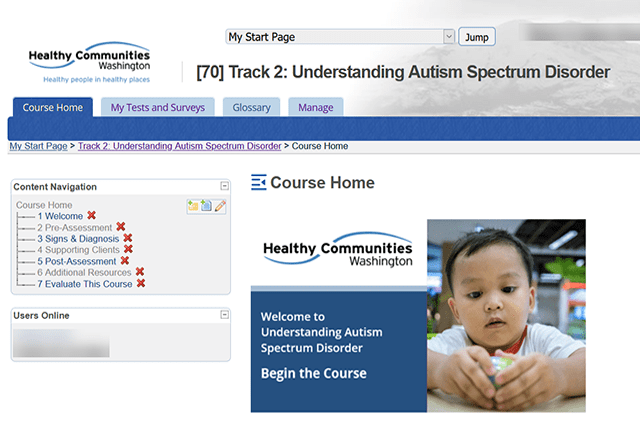Feedback can help you understand what content to add, what features to remove and where you should be focusing your training efforts. Deciding to request feedback is an easy decision to make. However, anyone who has created or launched an online course knows that asking the right people for their opinion is not as straightforward as it seems. When it comes to recruiting the right group of people to give feedback, in other words, creating a pilot group, it can be puzzling to know where to begin.
Because there are many different components to a course (the design, the content, the readability, the adherence to objectives, etc.) , it’s essential to ask for feedback from various people.
Thankfully, Talance has years of experience running courses, so we have assembled some guidelines for how to pick the right kind of people for your pilot group.
In this article, you’ll learn how to ask the right people what they think of your course.
First, let’s define what a “pilot” is.
What Is a Pilot Program for Online Training?
A pilot program is a small version of your online training that you run for a select group before the official launch. Doing so helps you find any issues with the training. You’ll discover how easy it is to use, whether the content is helpful, and what people think of the training.
It can also help you see how the training is going overall.
Is it interesting?
Are the instructors doing well?
Is it the right level of difficulty for people taking the course?
These are all critical questions to answer if you want a successful course.
If you’re new to the idea of a pilot program, check out Launch A Successful Pilot Program for Your Online Training.
Criteria for Selecting the Right Participants
The first step of getting feedback is choosing your group. And, the first step can be the hardest. It can be tricky to decide who should be involved in the pilot planning process.
Some people might think it’s a good idea to involve lots of people, like decision-makers, experts, coworkers, and community partners. But this can be a mistake because everyone will have different opinions.
It’s better to involve fewer people who have the right opinions.
When selecting participants for your pilot group, it’s important to choose individuals who are representative of your target audience. This means selecting participants with the same knowledge and experience as your intended audience, and individuals willing to provide honest, constructive feedback.
The solution is to set criteria for selecting the right participants. If a person doesn’t fit the criteria, they don’t test the course.
Factors to consider when selecting participants:
- Motivation. Is the potential participant going to finish? Will they give 100 percent when they’re going through the course? Are they willing and able to provide constructive feedback? These are the people who will fully engage with the training and give meaningful feedback. They’re also the people who will complete the training, which gives you a more complete view of how every element of the course stacked up.
- Experience. Look for a range of experience, from total newcomers to experts. It’s important to invite some people who have no experience with online training, as they may notice issues that others miss. People who are curious about the training but have no experience with the material or online training will tell you how the course does among people who have no assumptions about your program at all. For example, they may notice problems with menus, missing instructions, or difficulty using the training.
On the other hand, experts in the subject matter can find problems with the content or come up with ideas that you might not have considered.
Also, think about inviting people who have some experience with the program’s previous training modules, if applicable. They will be able to compare your new course with previous courses. - Availability. Your pilot will have a set time frame, so make sure your pilot group can be there during the time you set. Check your calendar for events that could limit participants, including conferences, deadlines, vacations and the time of day.
How to Recruit A Group for Your Pilot Program
With your criteria set, it’s time to start recruiting for your pilot program. Sit down with your team and start brainstorming for sources to participate.
During development of the course, others might have heard about the project and could have expressed an interest in participating. Start there if they fit the criteria. You can ask them for referrals for other candidates to recruit.
Consider contacting your existing email list or social media followers to find potential participants. Or use online forums and groups related to your course topic to recruit participants.
Associations and partners in your domain are also helpful sources.
If you have an existing training program, you can send a message to past or current participants asking for volunteers. (You can also pay people to help if it’s in your budget.)
Wherever you recruit from, provide clear instructions and expectations for participation and incentives or rewards for completing the pilot program.
Finding the right people to give feedback is the key to a successful course. Unfortunately, many people working on training projects don’t give it much thought or skip thinking about important factors, like competing events. Remember that the people creating the course are most likely not the same as those taking it. Gathering the right feedback from the right people will result in a richer course that helps your program succeed.
If you’re ready to develop and test an online training program for your organization, book a consultation with us now to find out how our experts can partner with you.



